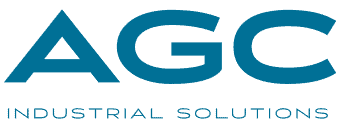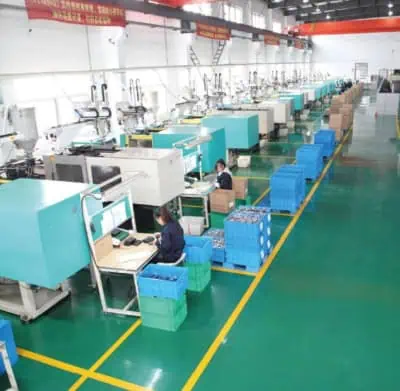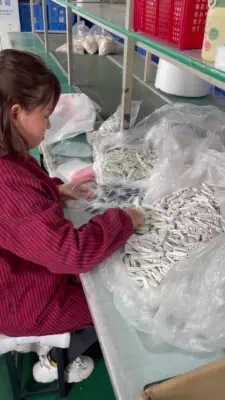Plastics are everywhere, in your phone, car, and many other products. The most common solution is the plastic injection, even if there are plenty of ways to make plastic parts, like 3D printing, thermoforming, or machining. What is a plastic injection factory, and how is it organized? It is what we will see in this article.
Plastic injection equipment
The plastic injection process is relatively simple to explain. The plastic, a thermoforming material, is heated at fusion temperature and injected under pressure into a mold. The plastic will cool down, harden, and get its final shape. Below are some details about this equipment that is the core of the plastic injection factory.
Injection molding machine
The process is called “Plastic injection” because, like with a syringe, the melted plastic is pushed through the injection pipes by injection jacks. This step is done by a machine called Press Injection.
The injection press combines raw material heat, mold holding, and material under pressure. Presses are usually hydraulic but can also be electric.
These machines are set by clamping pressure that keeps the mold under pressure. This strength range goes from a few dozen tons to several thousand tons.
Another critical setting in the press injection is the maximum injection pressure and maximum injection volume. These parameters define the maximum size of the parts injected in the press.
Injection molds
The injection mold is the critical element in making plastic parts. The melted plastic is to be injected into mold cavities and then, while cooling down, shapes its final form. The mold is made of two matrices attached to the injection press. One matrix is static; the other one is dynamic. The dynamic matrix is to let the mold open for parts release.
According to the part’s complexity, molds can be simple or complex matrices with drawers (activated by jacks).
To guarantee a suitable plastic cooling down and prevent shrinkage, this is recommended to add hot runners and a cooling-down system through the mold with a cooling-down liquid.
Injection molds are generally made of steel (sometimes aluminum for Small quantities – plastic injection). They can have several cavities to create several parts at each injection.
Mold design and realization are such a specialty. It has to consider clearance angles and ejectors locations to make a good demolding, as well as the parting line located at the meeting of the two mold parts. Once tooling is done, it is usually used several thousand or millions of times.
Additional equipment
In addition to the primary equipment for plastic injection, factories can also use other equipment.
Additional equipment can be robots and speedwalks for the parts release, marking equipment, or ultrasonic welding tools for assembly.
A dedicated quality control area is generally set up for plastic injection.
Plastic injection raw material.
The plastic injection factory also has to plan raw materials sourcing. The raw material looks like small grains and is delivered and stored in big bags. The material can be affected by intense humidity and should be kept under good packaging conditions to prevent this.
The grains can be colored or not. Mixing colored and neutral grains to get a good final product color is a common practice.
Raw plastic suppliers are numerous (COVESTRO, Chimei, SABIC, etc..), as well as the kinds of plastics (ABS, PC, PE, PEEK, POM, PA, etc.) and the grades (anti UV, noninflammable, optical, etc.). Factories should anticipate clients’ specific requirements by making their stock with various materials and sources.
Plastic injection factory labor
Assuming that it is automated and assisted by robots, running a plastic injection press doesn’t need many people, and only one operator can supervise several injection machines. On the other hand, machines setting and mold adjustments need some operating time.
However, some parts need an over-molding, either on inserts or a metallic structure, that must be manually set up before each injection.
Furthermore, parts finishing after injection can require much more operators. Parts deburring is often manually done, and serigraphic marking also needs an operator.
Eventually, the factory can also run the parts assembly and the packaging if the labor cost is low. That is common in low-cost labor countries like China.







